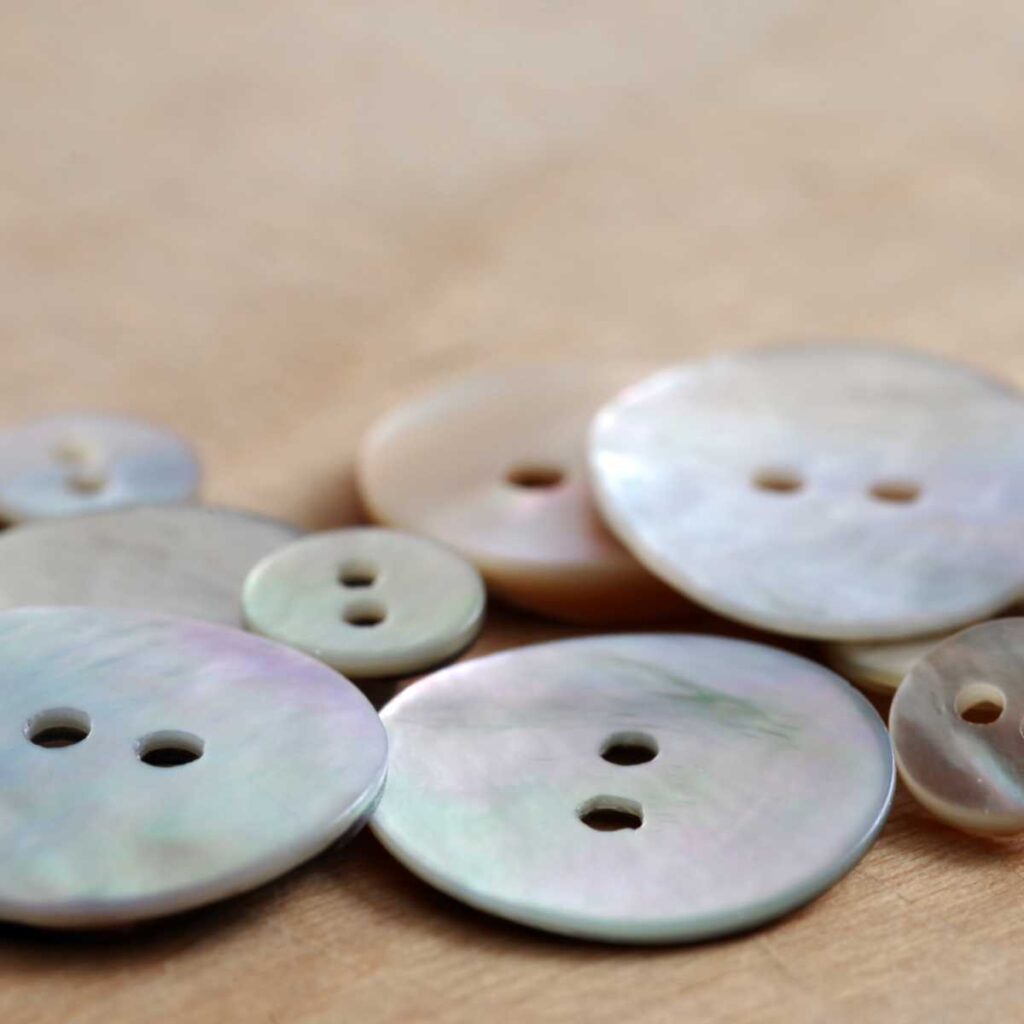Last Reviewed and Updated on January 18, 2023
Some love them as gastronomic delicacies, some for their shells, and some because they are adorable little mollusks. Read through some of the most interesting facts about abalones, common creatures with some uncommon traits.

Facts About Abalones
There are many things that make these species unique and sought after, even if they are very common. Once you read these facts about abalones, we are sure you will remember a time you saw one (or a part of one).
1. Abalone isn’t one species; it’s a common name for a group of different ones
Abalone is a common name for a group of small to very large marine snails.
All snails that are commonly called abalones are part of the family Heliotidae. There is no consensus on how many species of abalones are out there; the number of worldwide recognized species ranges between 30 and 130.
2. They can be found almost everywhere in the world
Abalones can be found almost everywhere worldwide, along coastal waters. They don’t live on the Pacific coast of South America, the Atlantic coast of North America, the Arctic, and Antarctica.
Out of the several species of abalones, most can be found in cold waters, especially off the coasts of New Zealand, Australia, South Africa, Western North America, and Japan.
3. Abalone shells are highly iridescent (shiny)
The inner side of the shell is highly iridescent, if you change the angle at which you are looking at the shell, it will appear as if the shell is changing color. This makes abalones highly desirable for making decorative objects. They are also a source of nacre (mother of pearl).
4. Many species have an ear-shaped shell
Most abalones have shells with a small, flat spire and two to three whorls (a single complete 360° turn in the spiral growth of the shell), and the last whorl, called the body whorl, is shaped in a way that it resembles an ear. This is the reason why abalones are also common names “ear shells”.
5. The largest known species of abalones is Haliotis rufescens
The size of abalones varies, from as little as 0.8 inch / 20 mm (Haliotis pulcherrima) to the largest species, the Haliotis rufescens measuring up to 12 inches / 30 cm.
6. Abalones are severe hemophiliacs
This is one of the most fascinating facts about abalones. Hemophilia is a disorder, where the body has an impaired ability to create blood clots, which is a process that is needed in order for wounds to stop bleeding. The fluids of abalone do not clot in the case of a puncture wound or a laceration.
7. Some buttons are made from abalone shells

The shiny buttons you can often see on clothes are usually made from abalone shells.
8. They have blueish-green blood
Much like their close cousins, the octopuses, abalones too have blueish-green blood. Instead of iron which is found in red-blooded animal species, abalones have copper giving them a bluish-green appearance.
9. Abalones produce the most colorful pearls
Not only are their shells colorful so are the pearls they can produce. Naturally occurring Abalone pearls are very rare, though, for many reasons. Hemophilia plays a part, as an injury that is required for the pearl to start forming is usually fatal, and there are also many specific environmental conditions that need to be met for the pearl to start forming.
The colors are very intense, from pink to blue.
10. Abalones have a pair of eyes
They may look like sea shells, but they are snails, and as with all other known snails, abalones, too, have eyes sitting on a pair of tentacles. They don’t have the best eyesight, though.
